Rare Photos Capture Native Americans In Early 1900s
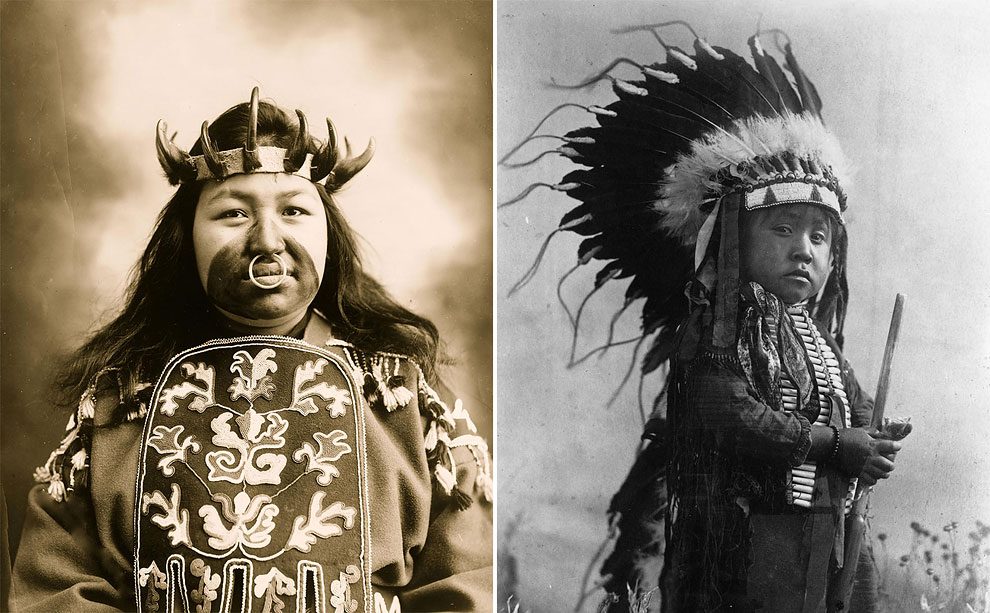
Early portrait photographs of Native Americans, similar to those presented below, reflect a widespread public interest in Indian life during the 1900s. In the mid-nineteenth century, the popular ‘carte de visite’ photograph introduced the faces of prominent public figures into homes across America. Easily mass-produced, uniformly sized, and cheaper to purchase than early cased photographs, these portraits were collected, in part, as a record of current political and social events and of the people who drove them. These striking images of Native Americans depict the changing ways in which photographers portrayed native subjects during the latter half of the nineteenth century and the beginning of the twentieth. These images are attempts by photographers to document what they saw as the fading of Native American cultures and traditions, to illustrate periods of conflict between the U.S. government and the tribes, and, by the twentieth century, to evoke political sympathy for the cause of the “vanishing race.”
Gobuguoy, Walpi girl, half-length portrait, facing front, hair tied in swirls on sides of head, metal bead and bell choker, printed cotton dress, cotton shawl around shoulders, circa 1900.
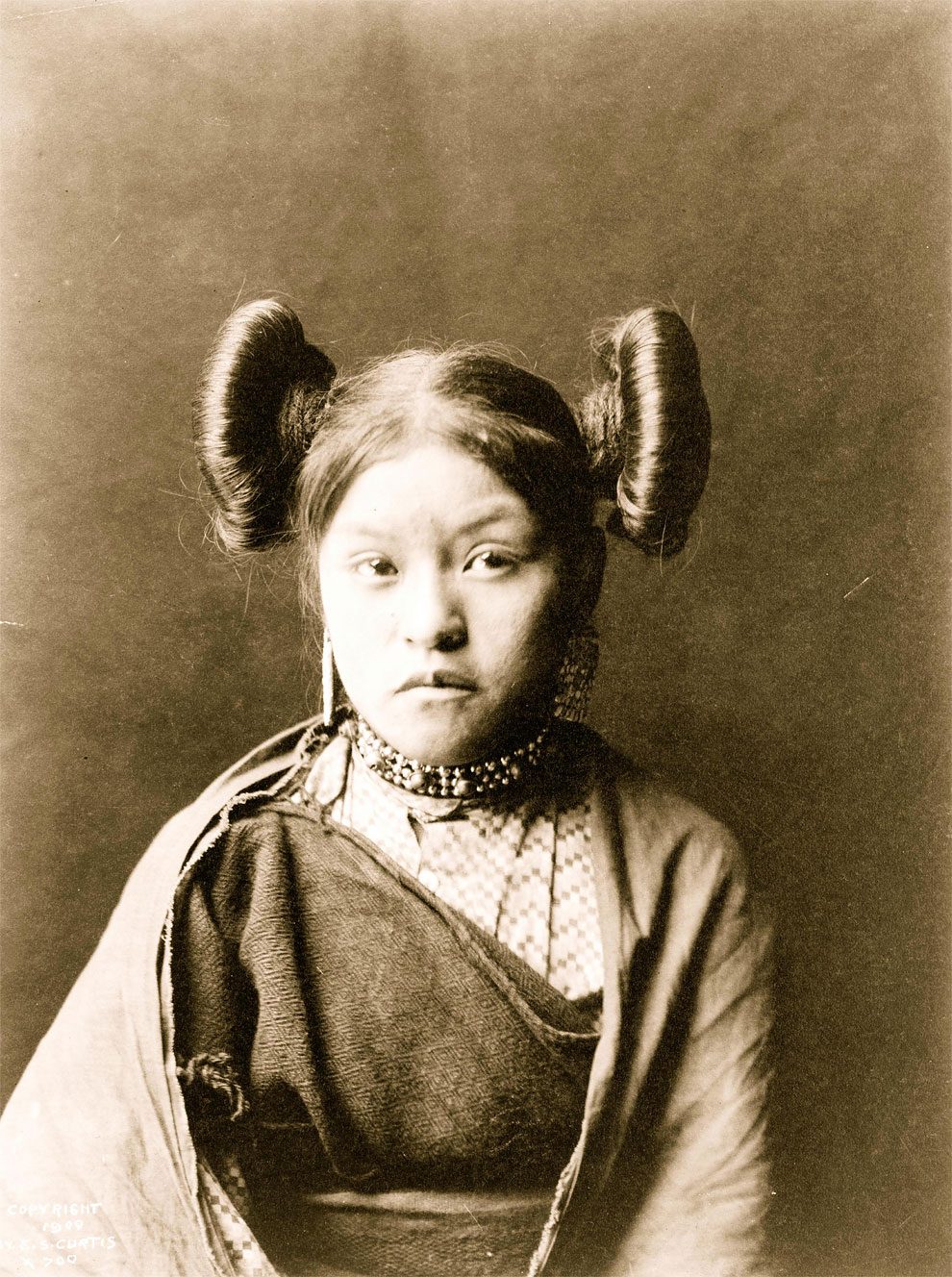
Photo by Buyenlarge/Getty Images
Hopi snake priest, three-quarter length portrait, seated, facing front, circa 1900.
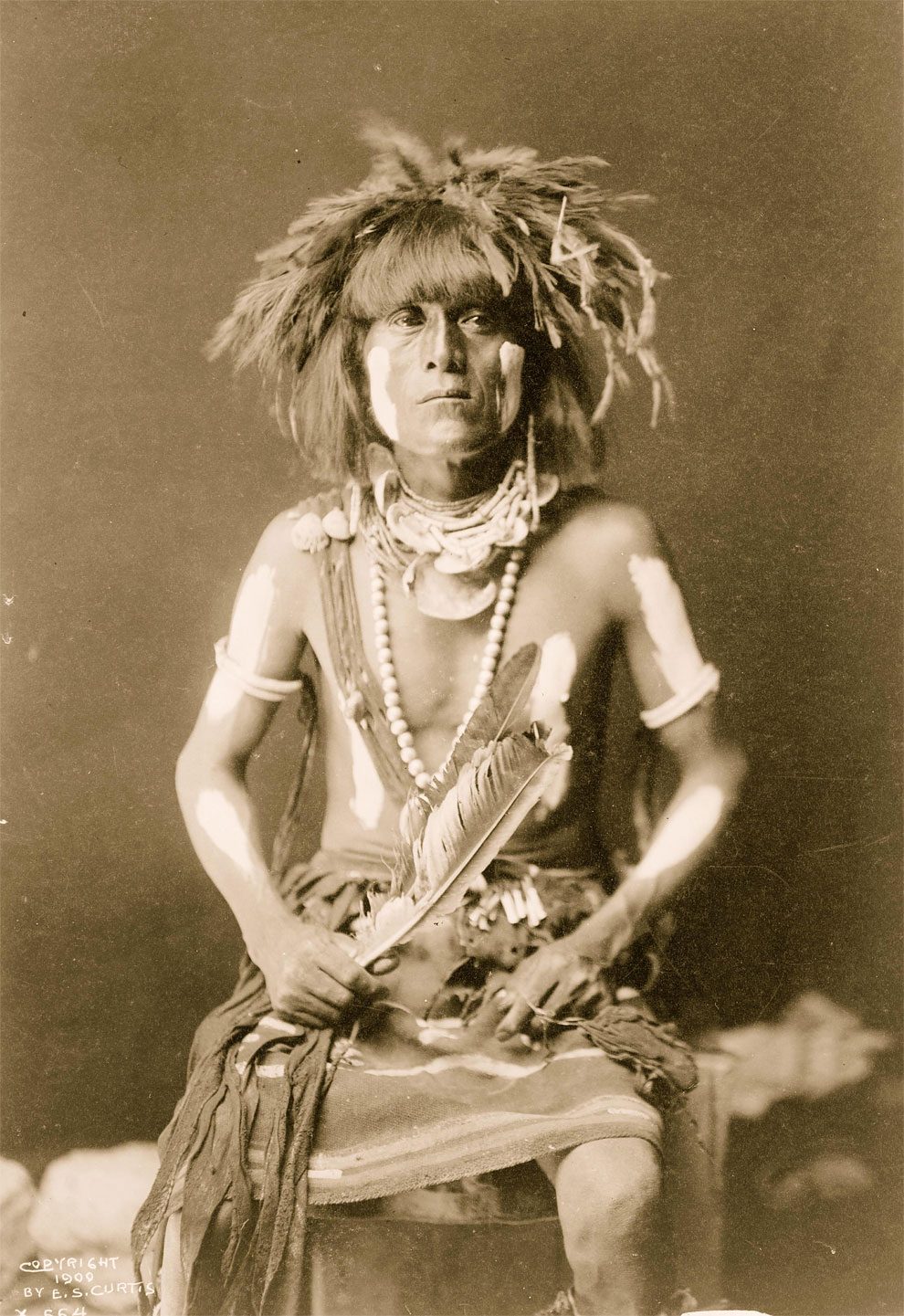
Photo by Buyenlarge/Getty Images
Head-and-shoulders portrait of a Nez Perce man, facing front, circa 1904.

Photo by Buyenlarge/Getty Images
Jack Red Cloud, son of Chief Red Cloud (1822-1909), the Sioux chief who led opposition to the Bozeman Trail through Indian lands stands with a full length head dress, 1904.
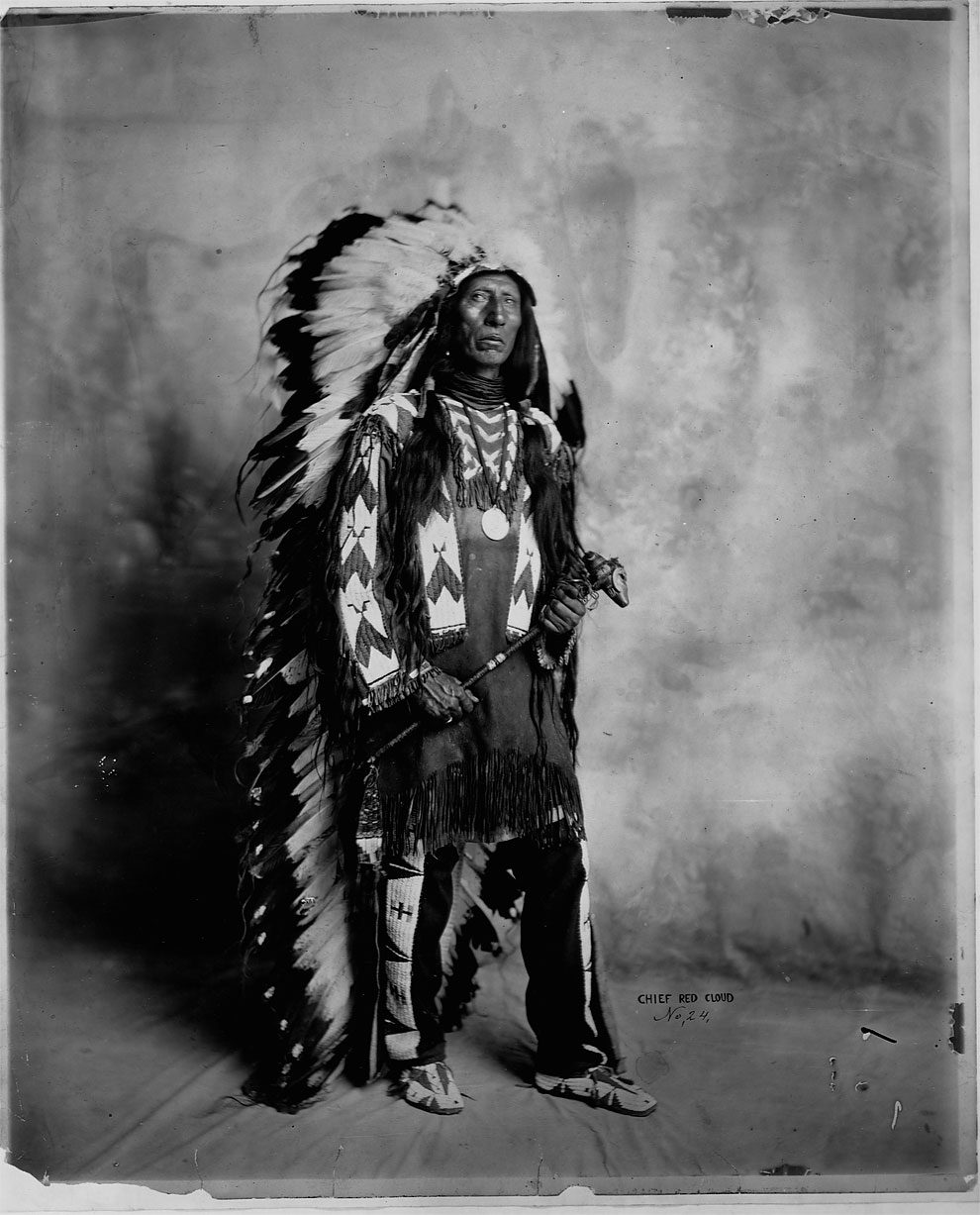
Gerhardt Sisters/Library of Congress/Corbis/VCG via Getty Images
A photograph of a figure representing Haschogan, the Navajo house god, published in Volume I of The North American Indian (1907) by Edward S. Curtis.
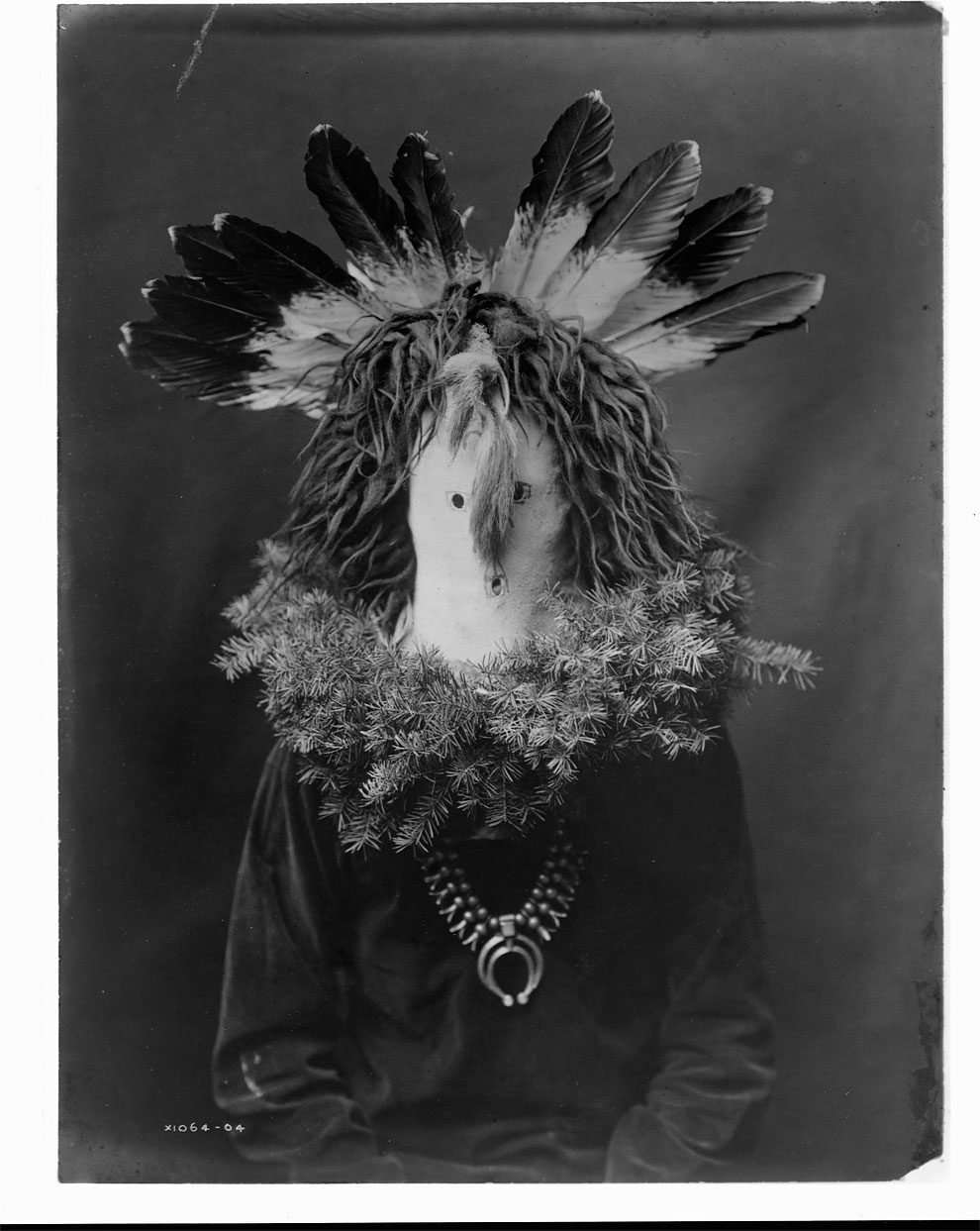
Edward S. Curtis/Library of Congress/Corbis/VCG via Getty Images
Cheyenne girl, half-length portrait, facing front, circa 1905.
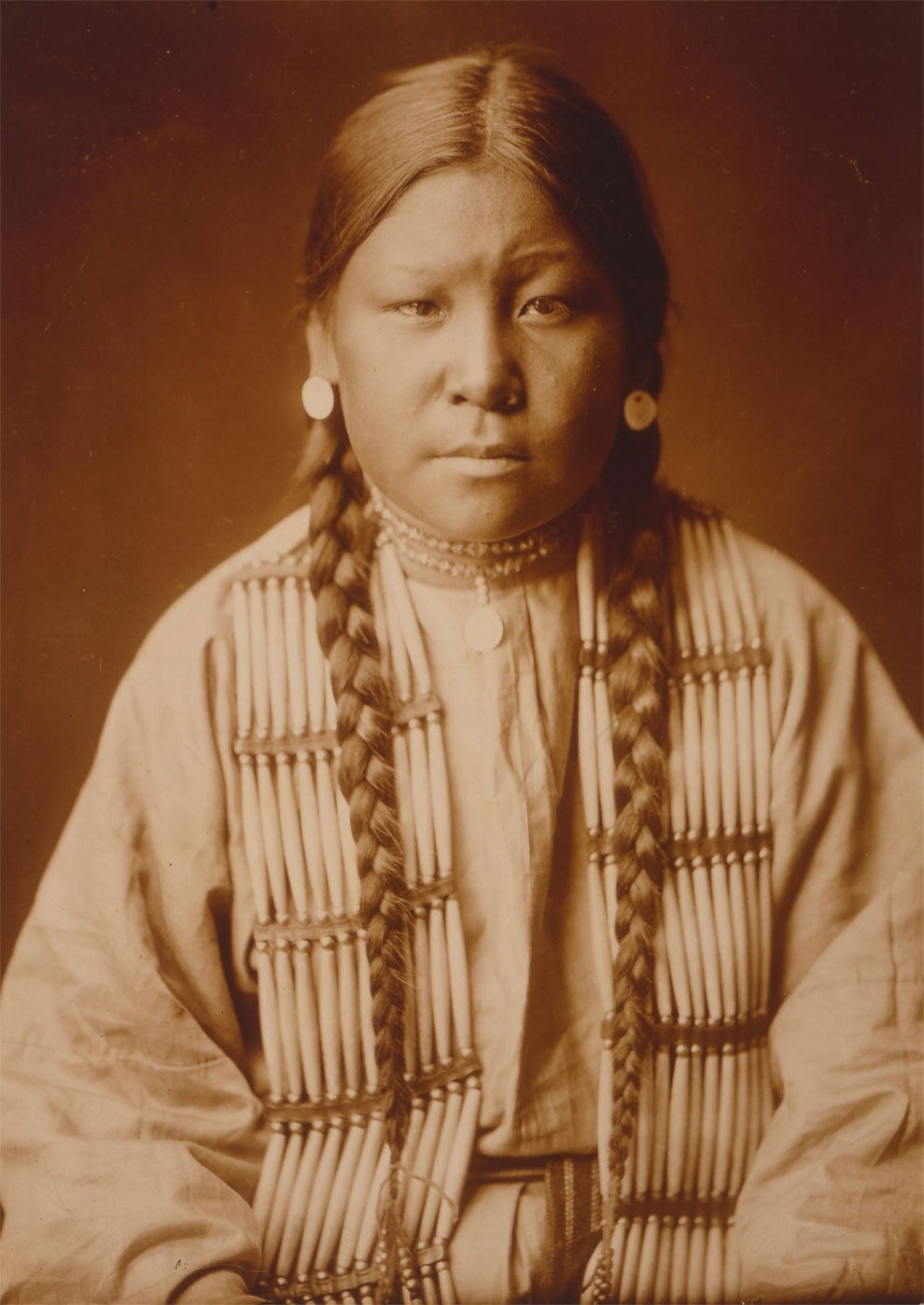
Buyenlarge/Getty Images
Bare-chested Navajo man wearing mask of Haschebaad, a benevolent female deity, circa 1905.
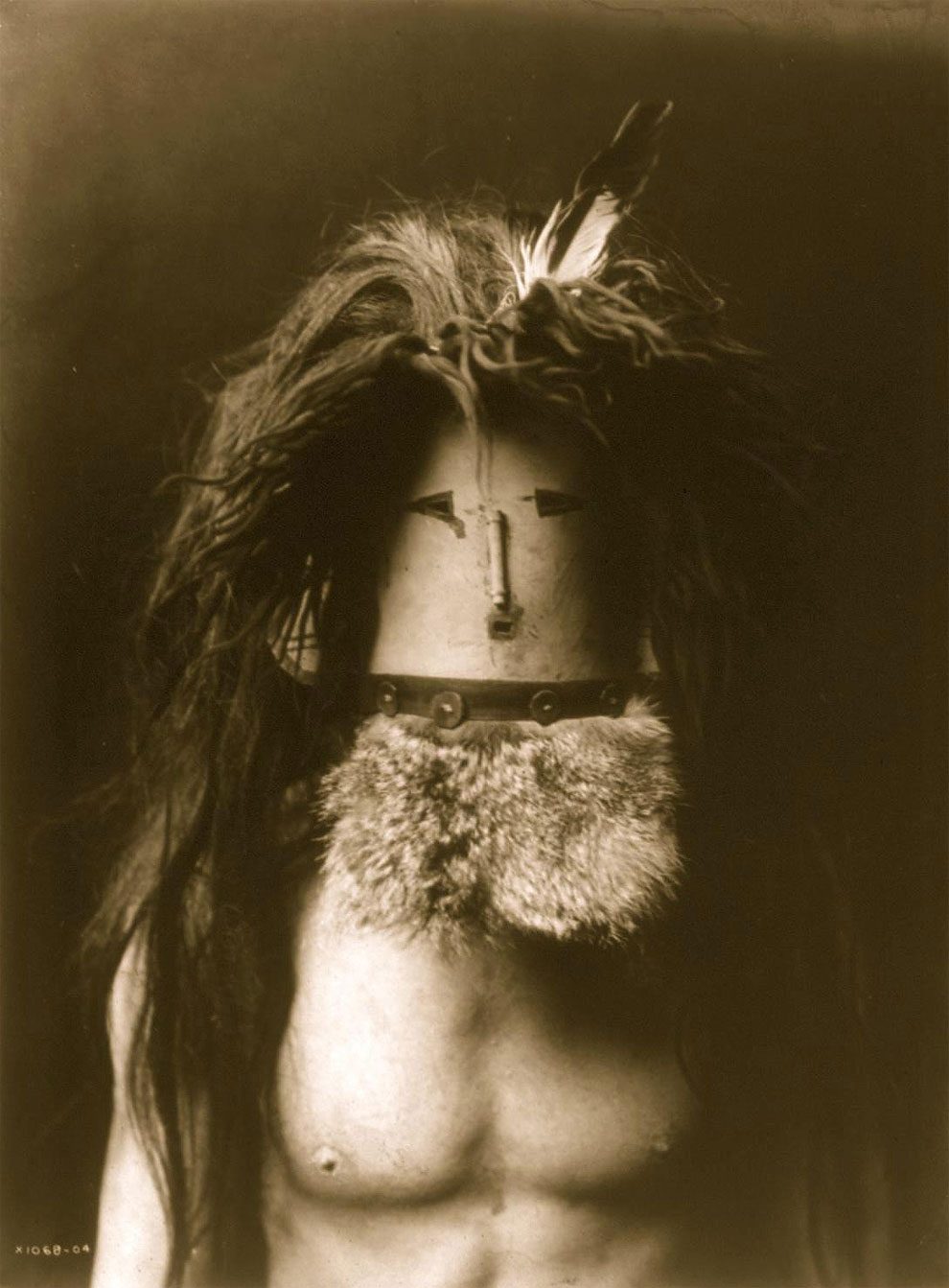
Buyenlarge/Getty Images
Kaw-Claa, a Tlingit native woman in full potlatch dancing costume, 1906.
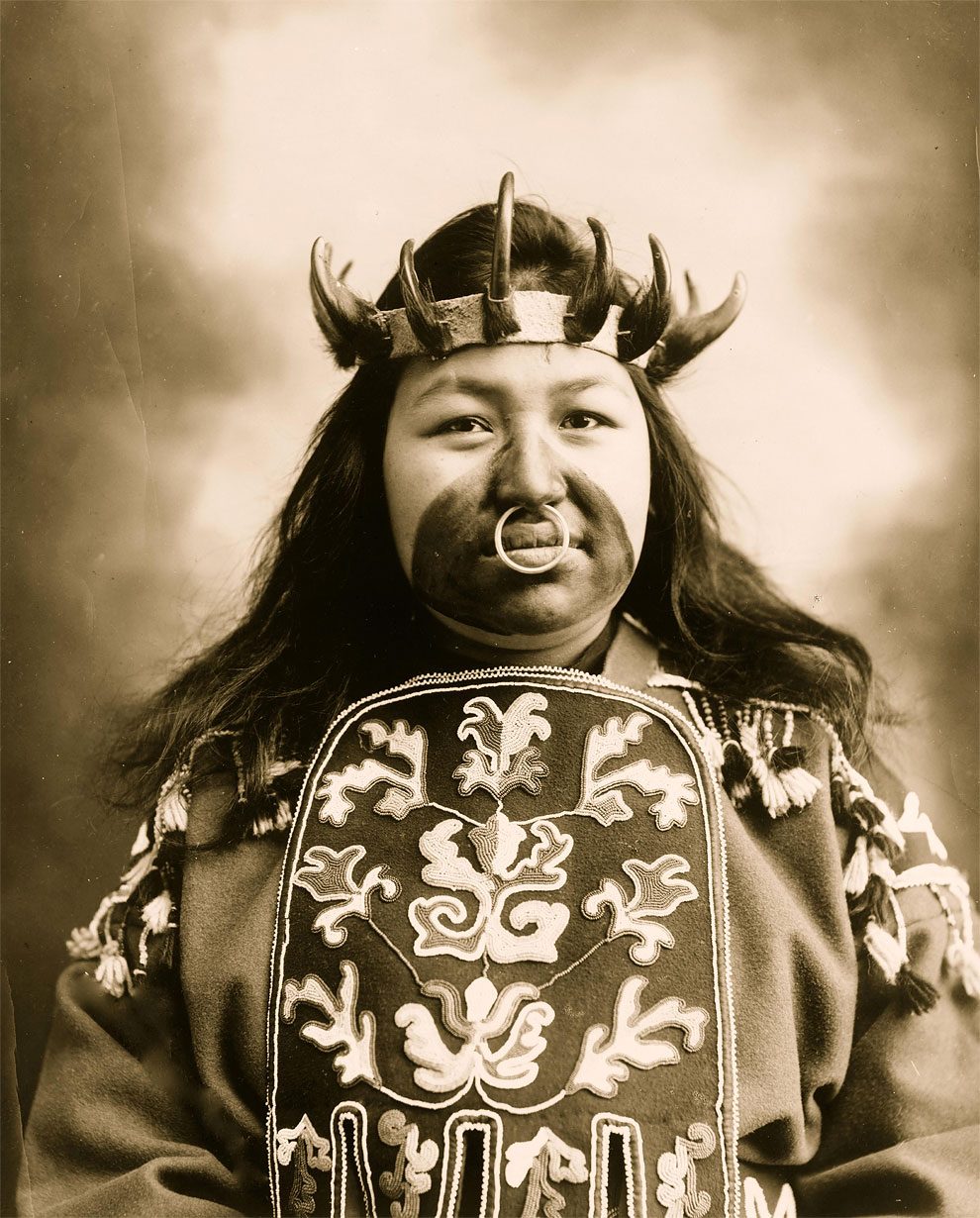
Case & Draper/Buyenlarge/Getty Images
Two Whistles, Plate 111 by Edward Curtis, mid to late 1900s.
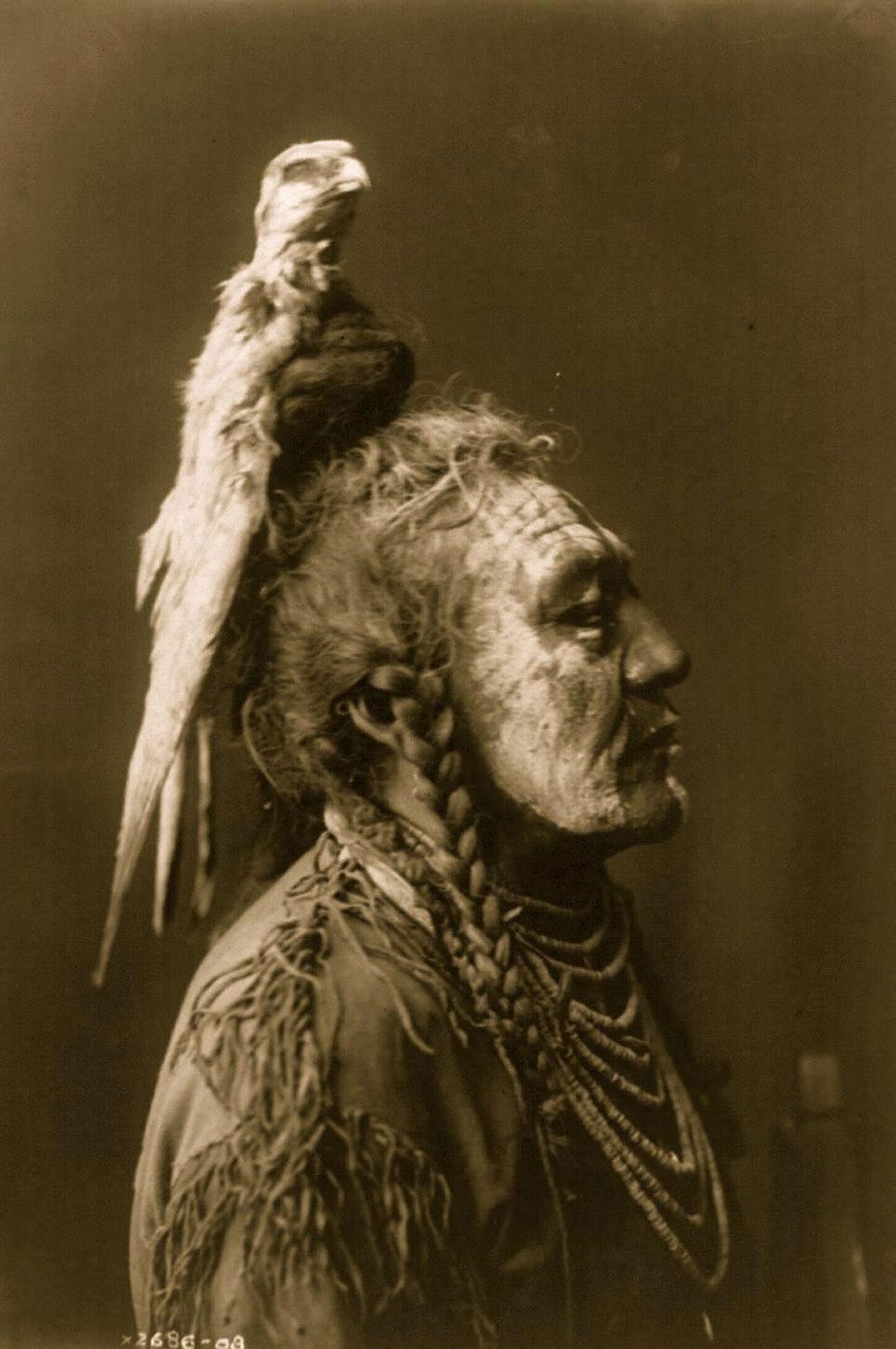
Field Museum Library/Getty Images
A young boy wears the headdress of a Sioux warrior on January 01, 1907.
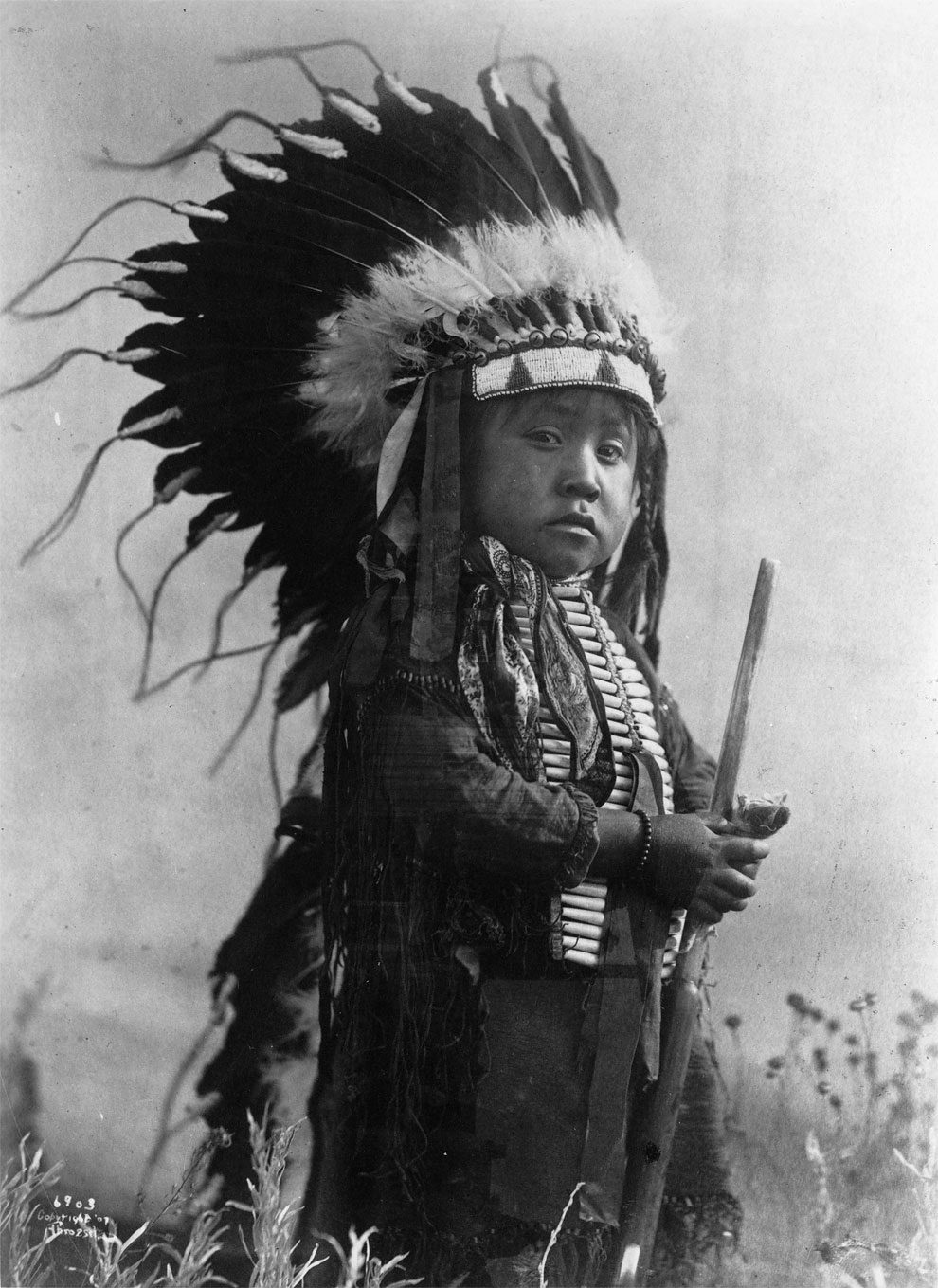
MPI/Getty Images
Three elderly Indians posed, half-length, seated, two wrapped in blankets, one wearing bird headdress and bone necklace, 1907.
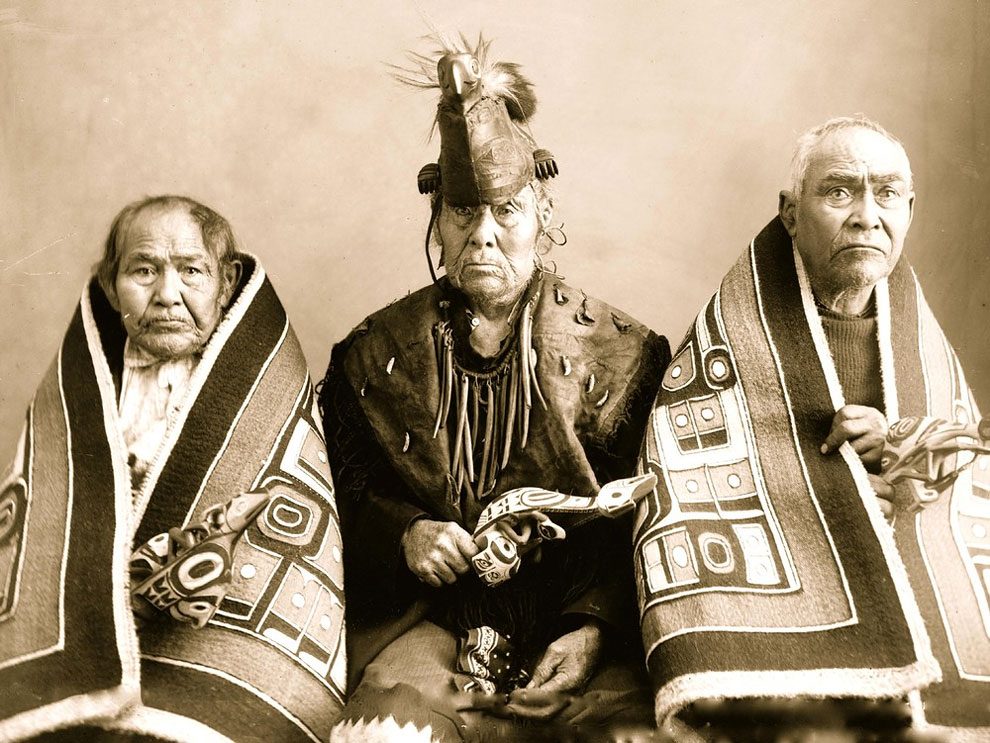
Case & Draper/Buyenlarge/Getty Images
Medicine Crow, Crow Indian, Montana, head-and-shoulders portrait, facing right, hawk hide headdress, two earrings in right ear, disc ornaments, shell beads, beaded scalp shirt, circa 1908.

Buyenlarge/Getty Images
A portrait of a Crow warrior published in Volume IV of The North American Indian (1909) by Edward S. Curtis.
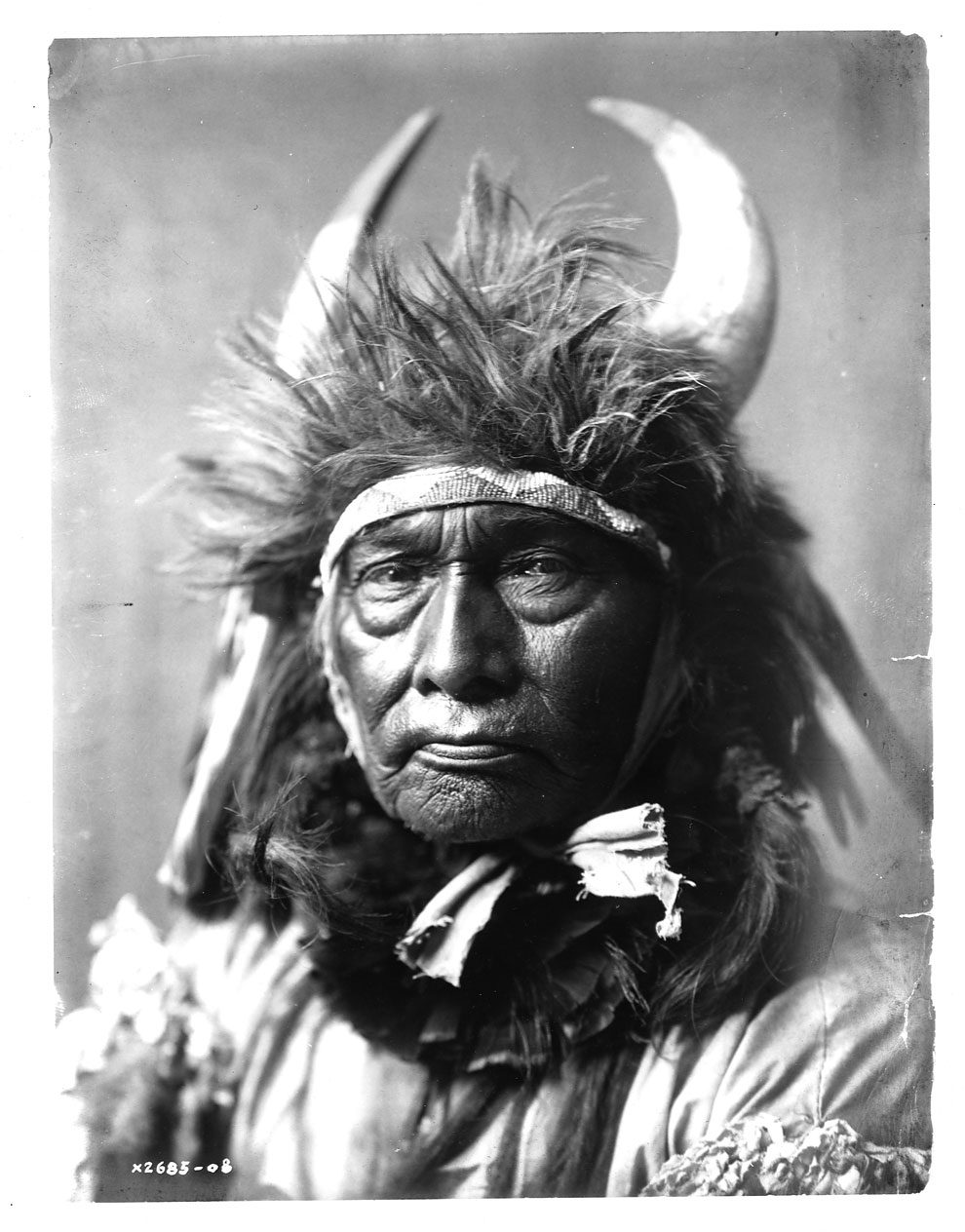
Edward S. Curtis/Library of Congress/Corbis/VCG via Getty Images